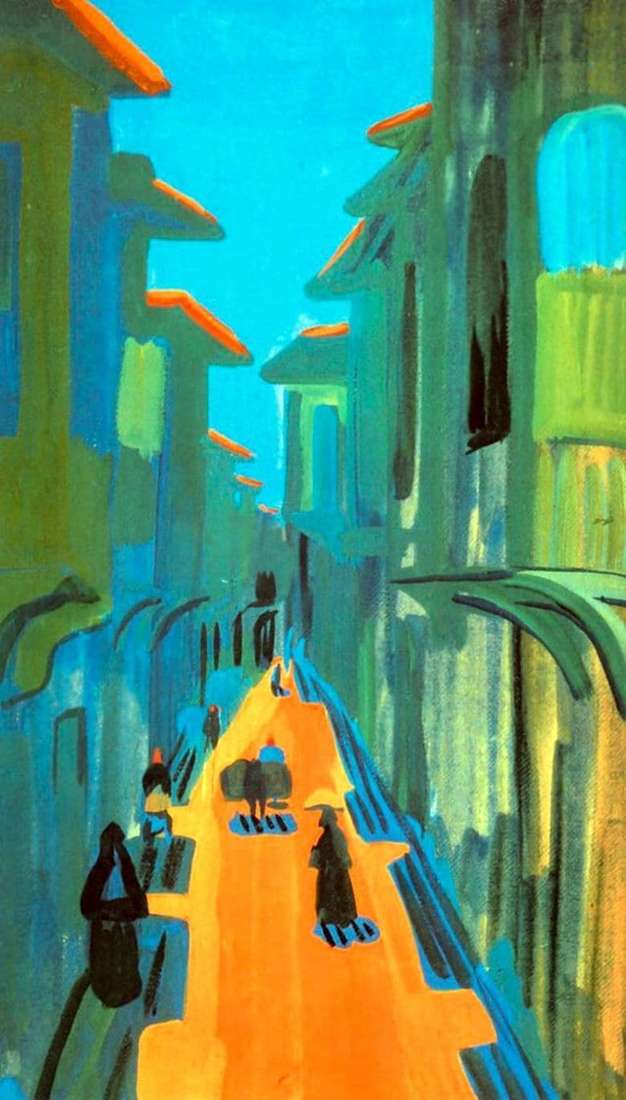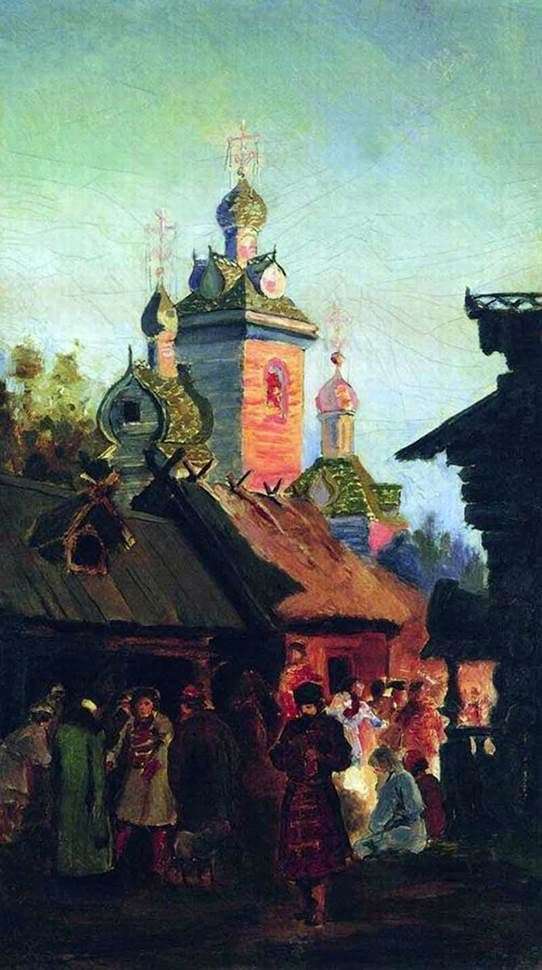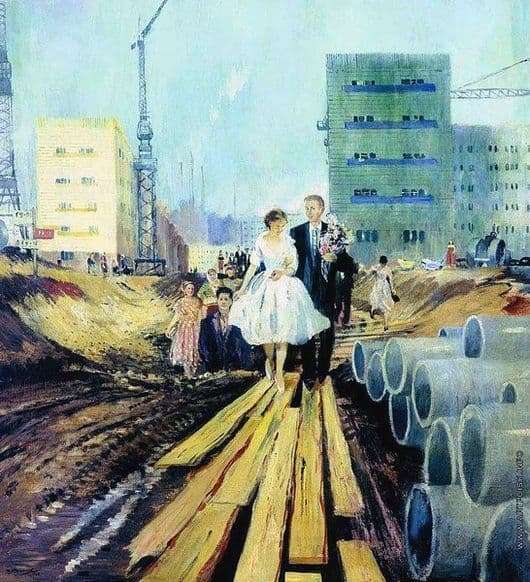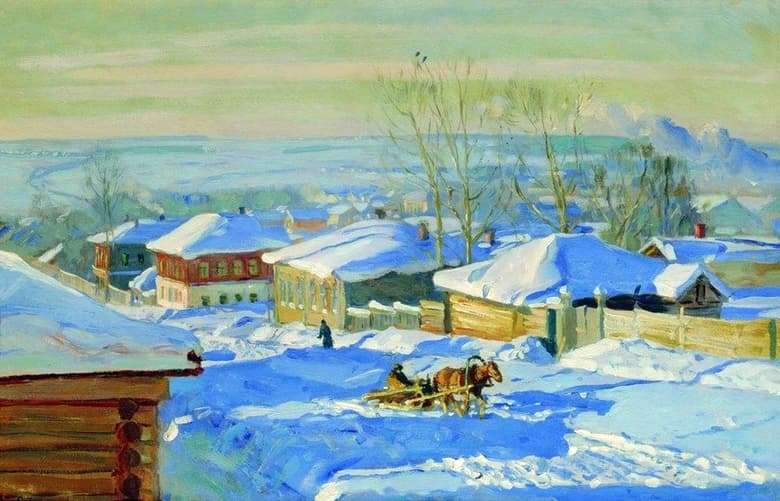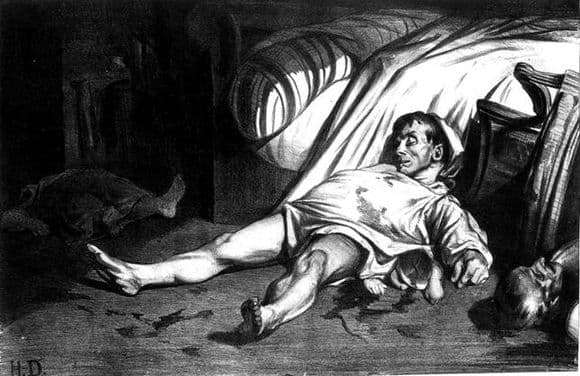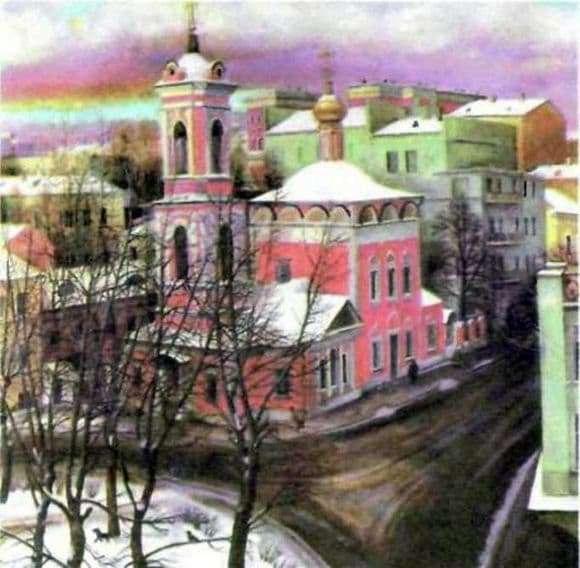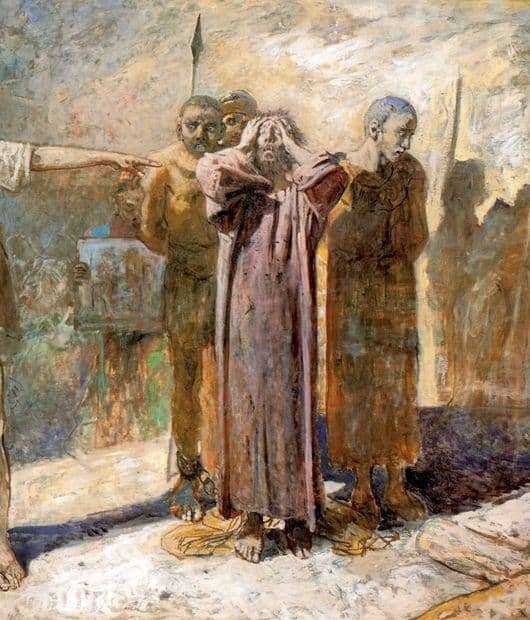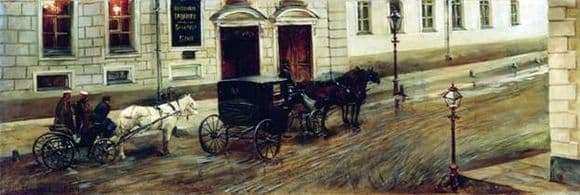
The artist Nikolay Samokish more than once won the best awards in his professional activities.
The Imperial Academy of Arts did not immediately accept him into the ranks of students, but after fruitful work on the technique of performance, he still got there and began to achieve significant success. For his work, soon, he began to receive honorary awards and gold medals.
One of the most successful of his works was the painting “Street”, written in 1884. Now she is in the Nicholas Museum of Art. Horses are not present on this canvas.
The painter considered these animals beautiful and delightful creatures. Horses are depicted in many of his paintings. Samokish received more than one award for this, but critics scolded him for repeating.
The painting “Street” shows a wide road on both sides, surrounded by long houses of white brick. Massive doors and large windows were an attribute of Russian architecture of the XIX century.
Judging by the fact that a black tablet with an engraved inscription hangs on one of the houses and you can see rooms lit in the windows during the daytime, you can understand that this is a public institution.
Opposite him are two wheeled carriages. The first is more luxurious and indoor driven by two horses of a dark suit. The second stroller is not equipped with a roof, so it is clear that there are two people in the officer’s uniform and their coachman. He rules the white horse.
The road that crosses the picture keeps the remains of ice at the curb. So, the artist depicted the cold season, perhaps late autumn or early spring. The narrow sidewalks are covered with stone slabs. On their sides are beautiful lanterns decorated with decorative elements.
The painting “Street” is written in a realistic style. For the image of the city road and its surrounding buildings, the artist chose a contrasting color palette of light and dark shades.
Description of the painting by Nicholas Samokish “Street”
